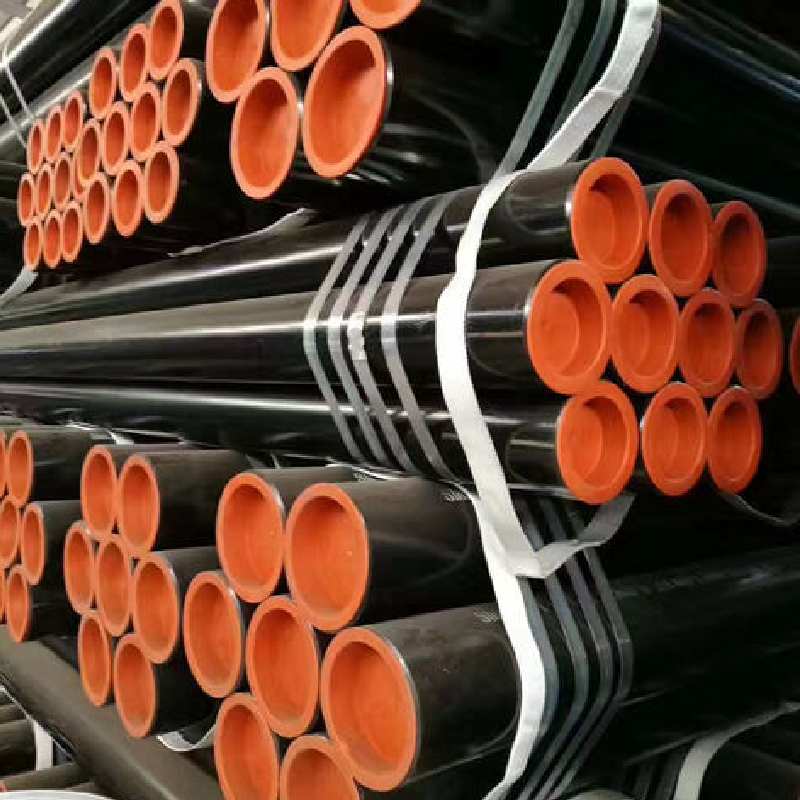-
Cangzhou Yulong Steel Co., Ltd.
-
Phone:
+86 13303177267 -
Email:
admin@ylsteelfittings.com
- English
- Arabic
- Italian
- Spanish
- Portuguese
- German
- kazakh
- Persian
- Greek
- French
- Russian
- Polish
- Thai
- Indonesian
- Vietnamese
- Zulu
- Korean
- Uzbek
- Hindi
- Serbian
- Malay
- Ukrainian
- Gujarati
- Haitian Creole
- hausa
- hawaiian
- Hebrew
- Miao
- Hungarian
- Icelandic
- igbo
- irish
- Japanese
- Javanese
- Kannada
- Khmer
- Rwandese
- Afrikaans
- Albanian
- Amharic
- Armenian
- Azerbaijani
- Basque
- Belarusian
- Bengali
- Bosnian
- Bulgarian
- Catalan
- Cebuano
- China
- China (Taiwan)
- Corsican
- Croatian
- Czech
- Danish
- Esperanto
- Estonian
- Finnish
- Frisian
- Galician
- Georgian
- Kurdish
- Kyrgyz
- Lao
- Latin
- Latvian
- Lithuanian
- Luxembourgish
- Macedonian
- Malgashi
- Malayalam
- Maltese
- Maori
- Marathi
- Mongolian
- Myanmar
- Nepali
- Norwegian
- Norwegian
- Occitan
- Pashto
- Dutch
- Punjabi
- Romanian
- Samoan
- Scottish Gaelic
- Sesotho
- Shona
- Sindhi
- Sinhala
- Slovak
- Slovenian
- Somali
- Sundanese
- Swahili
- Swedish
- Tagalog
- Tajik
- Tamil
- Tatar
- Telugu
- Turkish
- Turkmen
- Urdu
- Uighur
- Welsh
- Bantu
- Yiddish
- Yoruba

Dec . 22, 2024 10:45 Back to list
bending galvanized steel pipe
Bending Galvanized Steel Pipe Techniques and Considerations
Galvanized steel pipes are widely used in construction, plumbing, and various industrial applications, known for their resistance to corrosion and strength. One of the common processes these pipes undergo is bending, which allows them to fit specific design layouts and functional requirements. This article will explore the techniques for bending galvanized steel pipes, the reasons for bending, as well as some important considerations in the process.
Why Bend Galvanized Steel Pipes?
Bending galvanized steel pipes can be essential for several reasons. In architectural and structural applications, pipes need to follow certain paths to integrate with other systems, such as electrical conduits or plumbing works. Bending eliminates the need for unnecessary joints or fittings, which can be points of weakness in a structure. Additionally, bending allows for smoother transitions in design, providing both aesthetic and functional benefits.
Techniques for Bending
1. Heat Bending One of the most common methods of bending galvanized steel pipes is using heat. In this technique, the pipe is heated to a specific temperature, enabling it to become malleable. Once heated, it can be bent to the required angle or curve using manual or mechanical methods. This technique allows for more complex shapes and is often employed in elaborate architectural features.
2. Cold Bending In certain applications, it is preferable to bend pipes without heat. Cold bending is a technique where the pipe is bent at room temperature using specialized tools or machinery. This method may require additional force, and the risk of work-hardening the metal is higher; however, it allows for precise control over the bending process and is suitable for smaller radius bends.
3. Mandrel Bending For applications requiring tight bends without compromising the structural integrity of the pipe, mandrel bending is an excellent option. This method uses a tool called a mandrel, which is inserted into the pipe during the bending process to maintain its internal diameter. This prevents the pipe from kinking or collapsing while ensuring a smooth finish on the outer curve.
4. Roll Bending In roll bending, the pipe is placed between three rollers that shape it into curves. This method is commonly used for producing large radius bends and is efficient for creating long lengths of bent pipe. Roll bending is often applied in the manufacturing of frames, supports, and architectural elements.
bending galvanized steel pipe

Considerations for Bending
When bending galvanized steel pipes, several factors must be considered to ensure quality and safety
- Pipe Thickness and Diameter The thickness and diameter of the pipe will influence the choice of bending technique. Thicker pipes may require different temperatures or equipment compared to thinner ones.
- Bend Radius The radius of the bend should be taken into account. The tighter the bend, the greater the risk of damaging the pipe's structural integrity. Following industry guidelines for minimum bend radius is crucial.
- Corrosion Resistance Bending can affect the protective zinc coating on galvanized steel pipes. It's essential to inspect the coating after bending and touch up any areas where it may have been damaged to prevent corrosion.
- Stress and Strain Understanding how bending will affect the stress distribution within the pipe is important. Overbending or improper techniques can lead to failure points in the structure.
Conclusion
Bending galvanized steel pipes is a fundamental skill in various industries, enabling the creation of functional and aesthetic structures. By utilizing the correct bending techniques and considering all necessary factors, fabricators can achieve optimal results for their projects. Whether for plumbing, construction, or artistic endeavors, the ability to manipulate steel pipes effectively is invaluable in modern applications. Ongoing advancements in bending technologies continue to enhance the possibilities, ensuring that galvanized steel remains a versatile material for countless uses.
Latest news
-
ANSI 150P SS304 SO FLANGE
NewsFeb.14,2025
-
ASTM A333GR6 STEEL PIPE
NewsJan.20,2025
-
ANSI B16.5 WELDING NECK FLANGE
NewsJan.15,2026
-
ANSI B16.5 SLIP-ON FLANGE
NewsApr.19,2024
-
SABS 1123 FLANGE
NewsJan.15,2025
-
DIN86044 PLATE FLANGE
NewsApr.19,2024
-
DIN2527 BLIND FLANGE
NewsApr.12,2024
-
JIS B2311 Butt-Welding Fittings LR/SR 45°/90° /180°Seamless/Weld
NewsApr.23,2024











